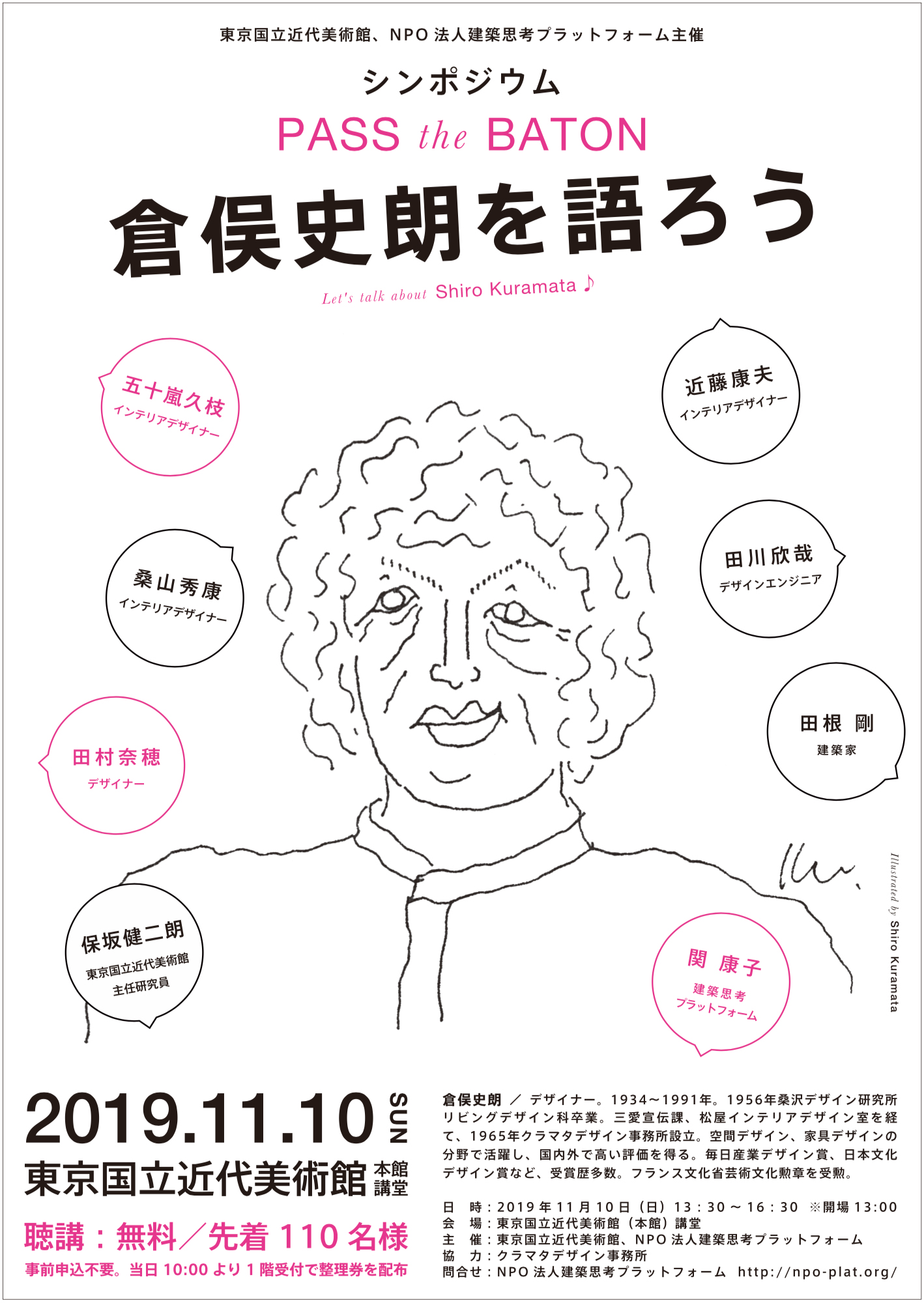
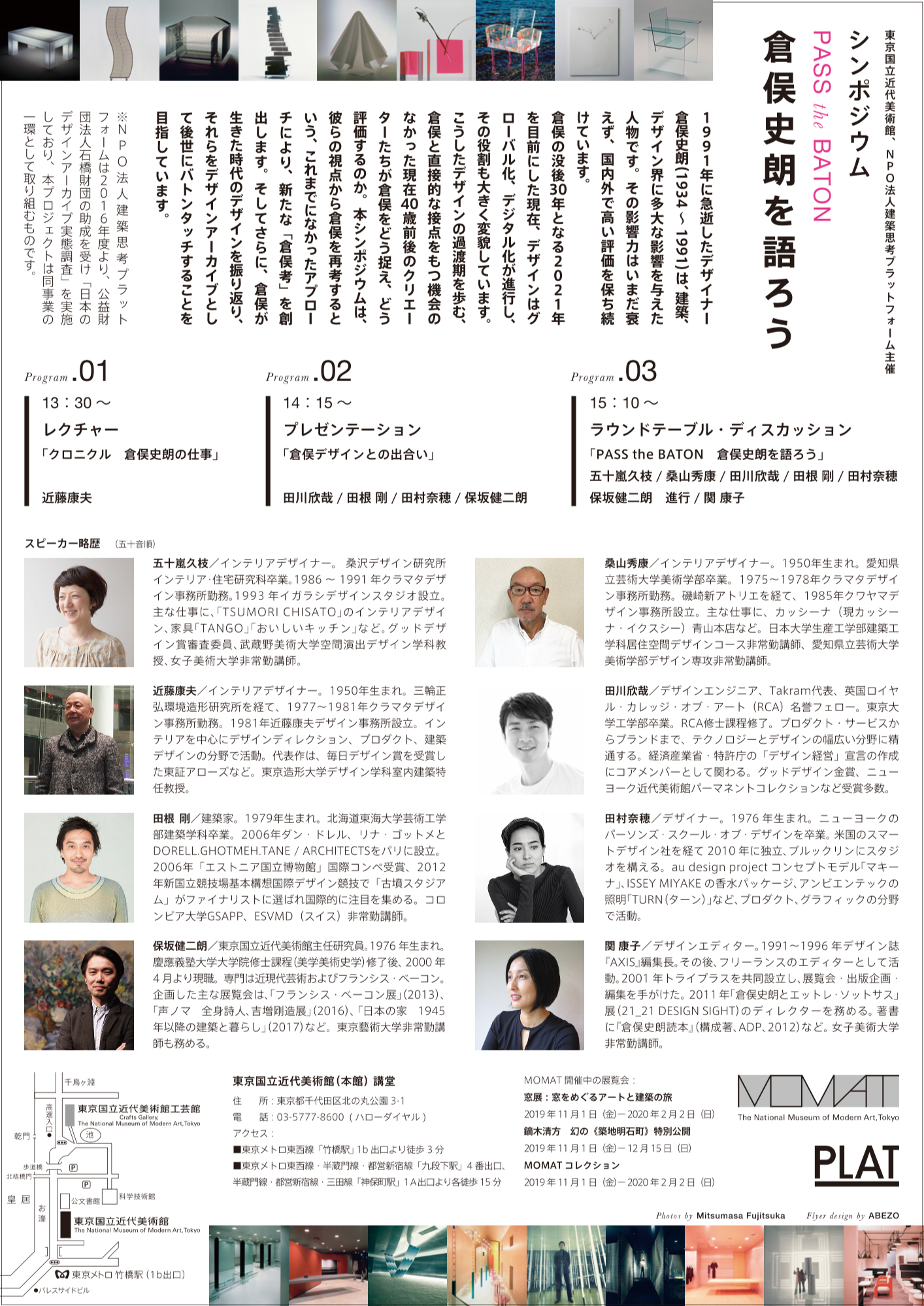
Organized by The National Museum of Modern Art, Tokyo and NPO Platform for Architectural Thinking
PASS the BATON
Let's talk about Shiro Kuramata
Report on the symposium and study session
In order to raise awareness of design archives in Japan, the NPO Platform for Architectural Thinking (PLAT) has conducted interviews on the current status of works and materials of the leading figures of postwar design, and has made them available on its website. Now in its fourth year, we are starting to "PASS the BATON" to the next generation about the work and ideas of designers. In 2019, we will hold a symposium "PASS the BATON;Let's talk about Shiro Kuramata" to reconsider the work and thinking of Shiro Kuramata, a legendary designer who passed away suddenly in 1991. This is an introductory symposium to discuss Kuramata from the point of view of creators around the age of 40, who are walking through a transitional period in the transformation of design, and aims to connect Shiro Kuramata to the next generation, some 30 years after his death.
Prior to the event, a study session was held with speakers on 17 May at Kuramata Design Office, one of the few remaining spaces of Shiro Kuramata. Here is a report on the event.
Location: Kuramata Design Office
Attendees: Alphabetical order, titles omitted
Hisae Igarashi (Interior Designer)
Mieko Kuramata (Kuramata Design Office)
Yasuo Kondo (Interior Designer)
Kinya Tagawa (Design Engineer)
Takeshi Tane (Architect)
Kenjiro Hosaka (Chief Researcher, The National Museum of Modern Art, Tokyo)
Kisae Yamashita (Director of Ishimaru Co., Ltd.)
Yasuko Seki (Director of NPO PLAT)
*Naho Tamura will not be present as she lives in New York.
Completely enveloped in Mr. Kuramata's world
The current Kuramata Design Office is located in a quiet residential area of Setagaya, Tokyo.

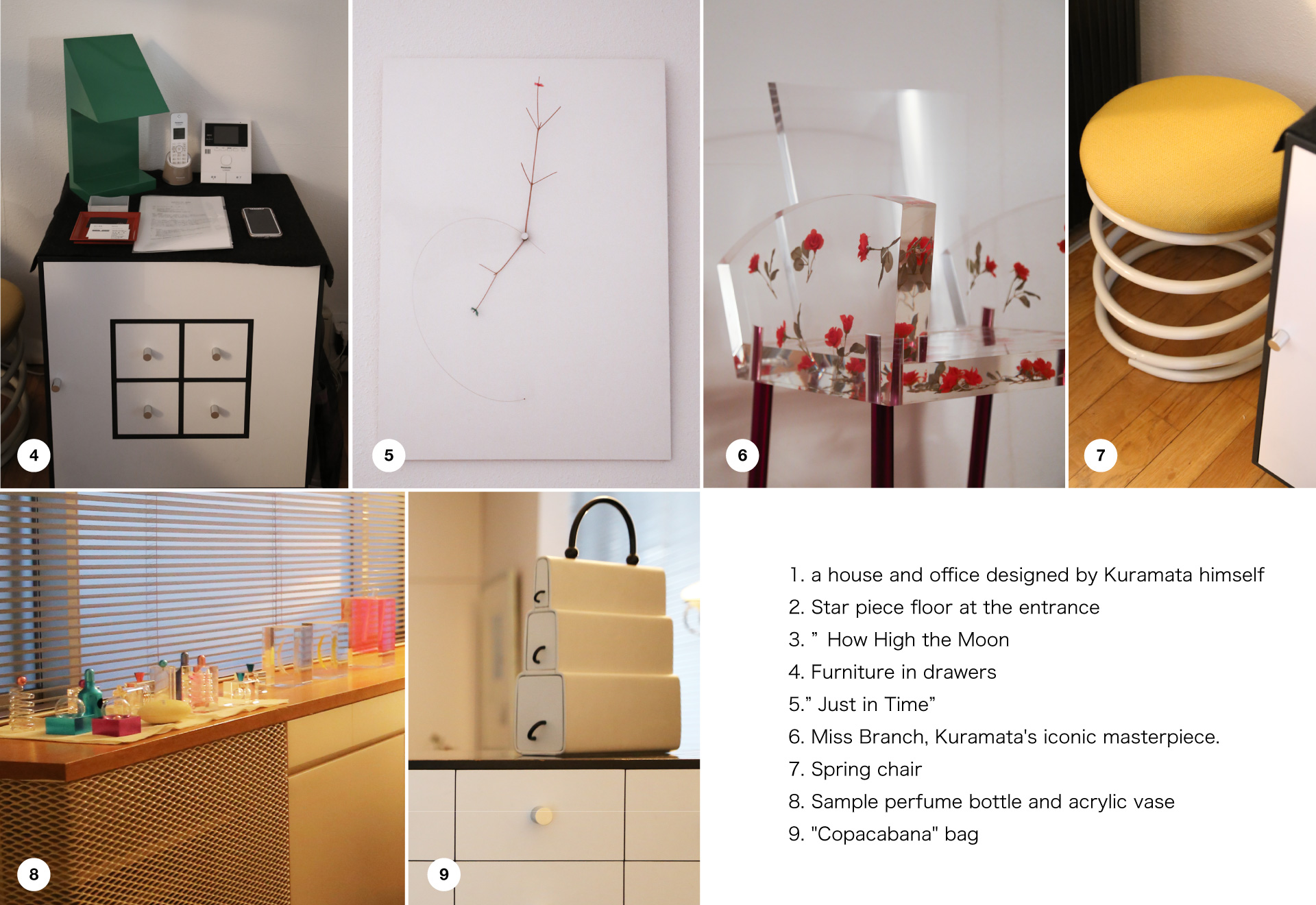
Mr. Kuramata by those who knew him
The study session began with precious episodes of Kuramata's work and personality in the past from former staff members of Kuramata Design Office, Yasuo Kondo (late 1970s) and Hisae Igarashi (late 1980s), as well as Kisae Yamashita (currently a director of Ishimaru) and his wife Mieko, who participated on behalf of Ishimaru, a construction company indispensable to Kuramata's work.
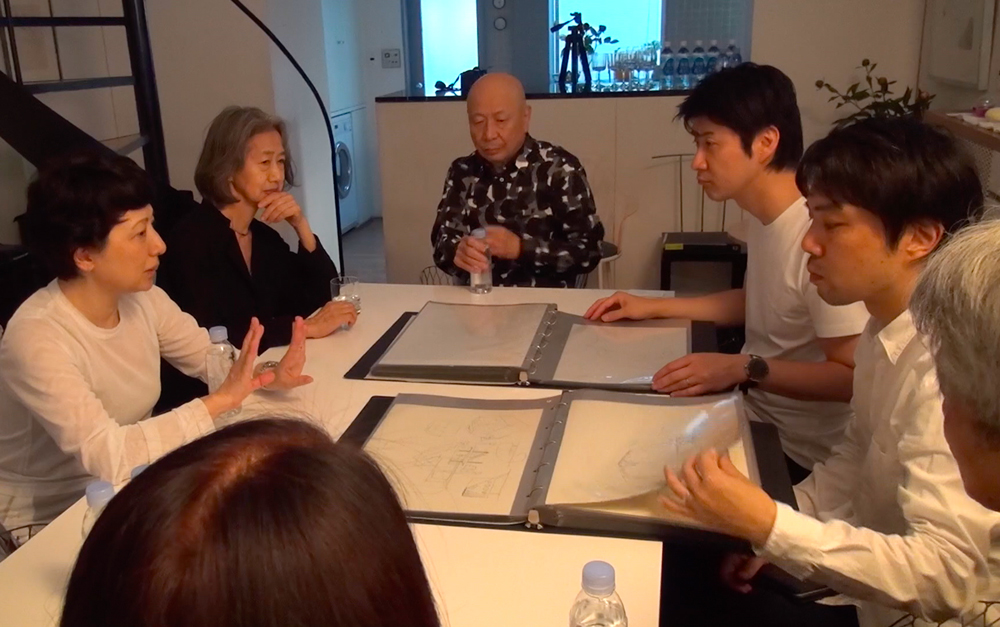
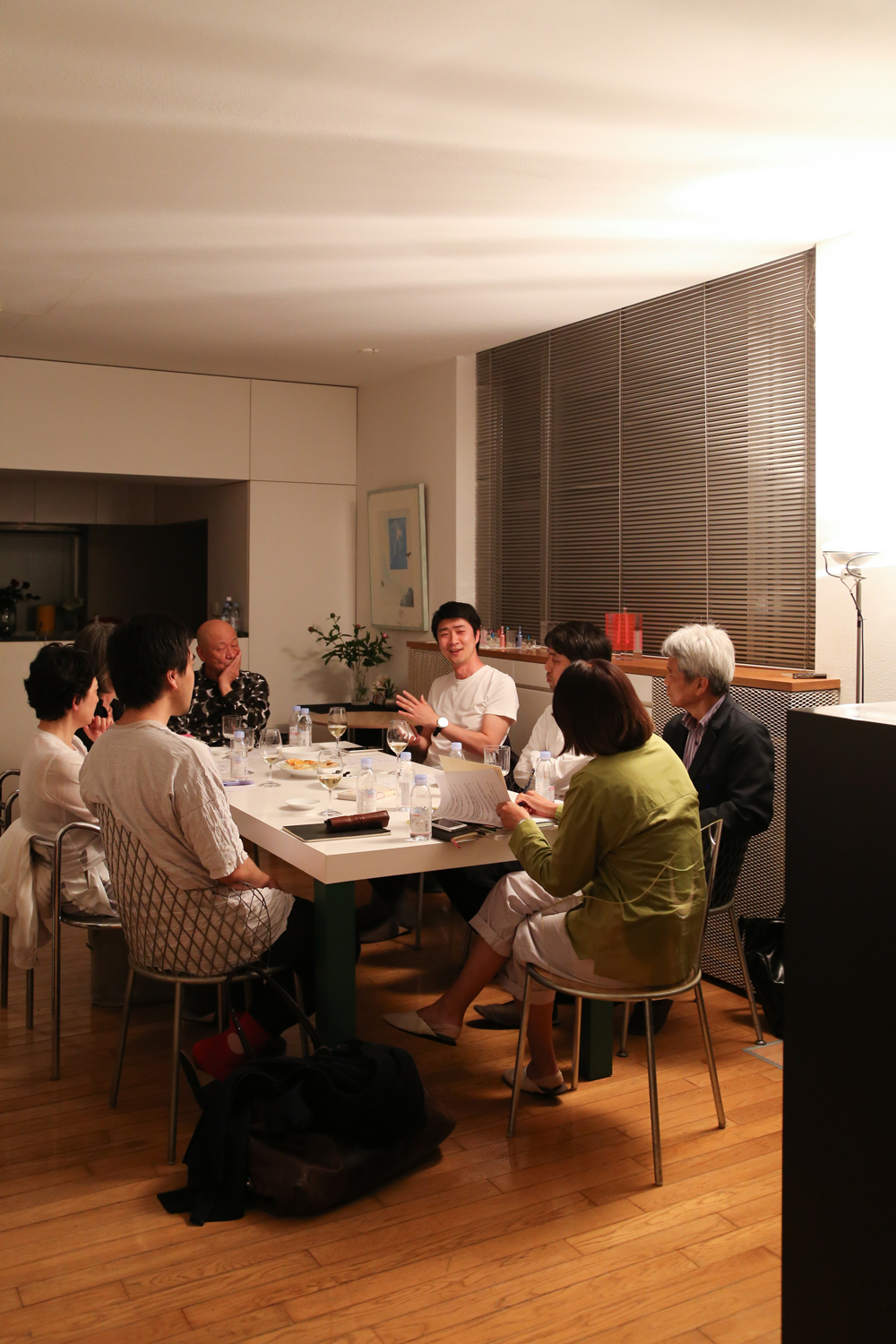
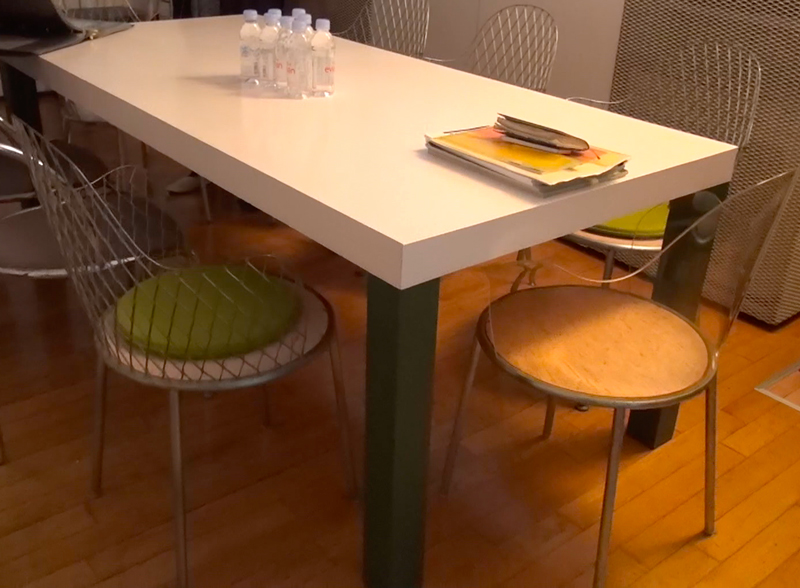
The table in the centre used to be in the Kuramata design office in Roppongi. The size of the table has been adjusted to suit the space. A natural design that is easy to use.
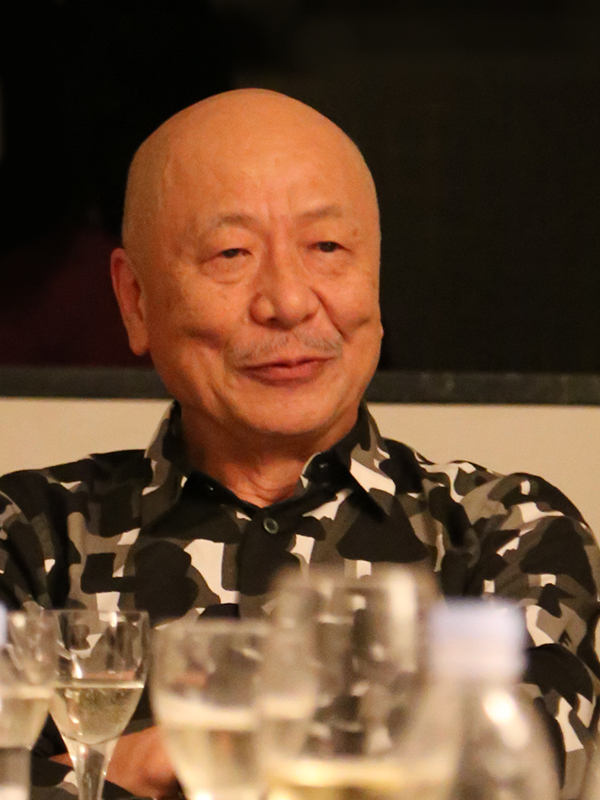
Yasuo Kondo, who met Kuramata, says: "I was surprised that there were people in Japan who were doing this kind of design. To be honest, that was my first impression..." says Yasuo Kondo, who describes his encounter with Kuramata.

"On the last day of my part-time job, Mr. Kuramata called me and said, 'Would you like to start working next year? At first I was like, 'What? And I thought, 'What? I was so surprised. I was just surprised," says Hisae Igarashi.
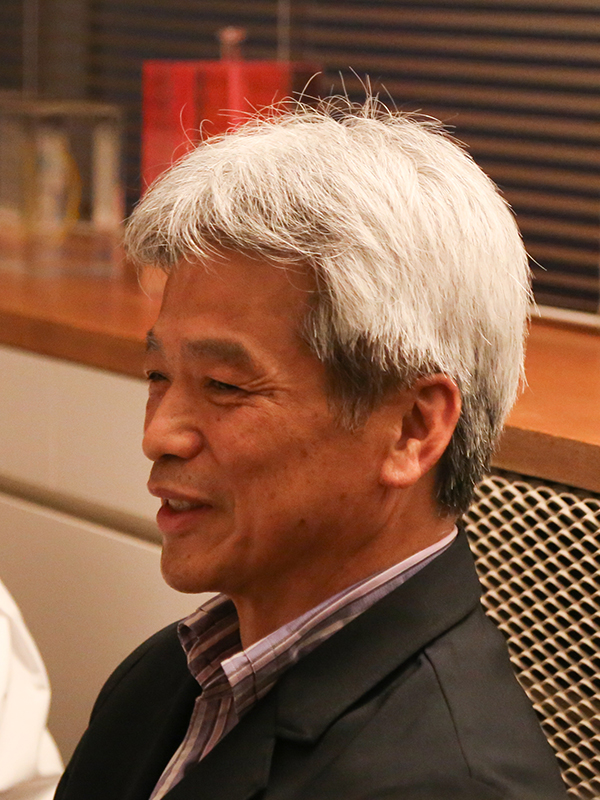
Kisae Yamashita of Ishimaru says, "When I was working on the interior of a bar called 'Zeal', I went to the site near noon and had lunch with him. I clearly remember that we talked about many things over a lunch beer".
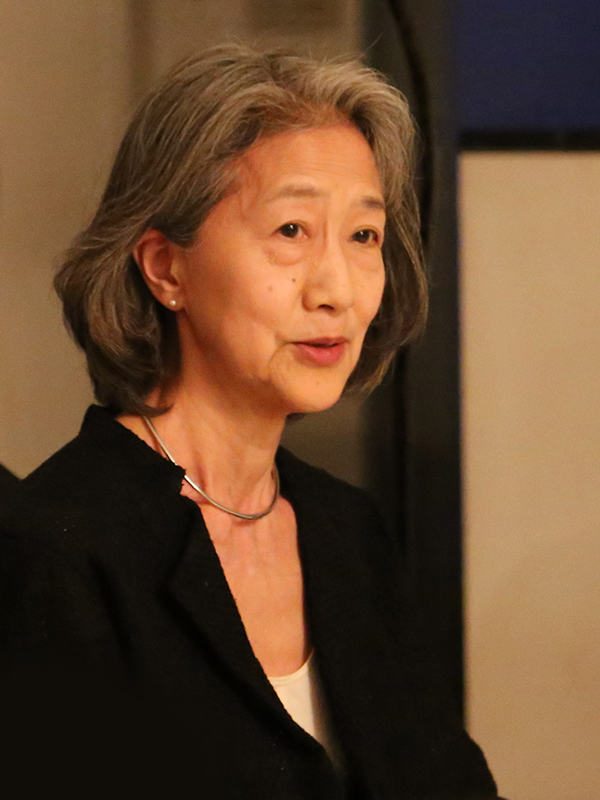
"He like to play with our daughter and he enjoy making all sorts of games and playthings himself. He also made desks, chairs and other furniture for the children. He was so generous with her time... I wondered where she got the energy from," said Mieko about another Kuramata.

For those who want to know more about Mr. Kuramata
After Ms. Kondo, Mr. Igarashi, Mr. Yamashita, and Ms. Mieko, who know Mr. Kuramata, Mr. Kinya Tagawa, Mr. Tsuyoshi Tane, and Mr. Kenjiro Hosaka, who want to know more about Mr. Kuramata, asked questions about his work process, office management, relationships with his staff, how he comes up with his designs, and how he encounters and uses materials.
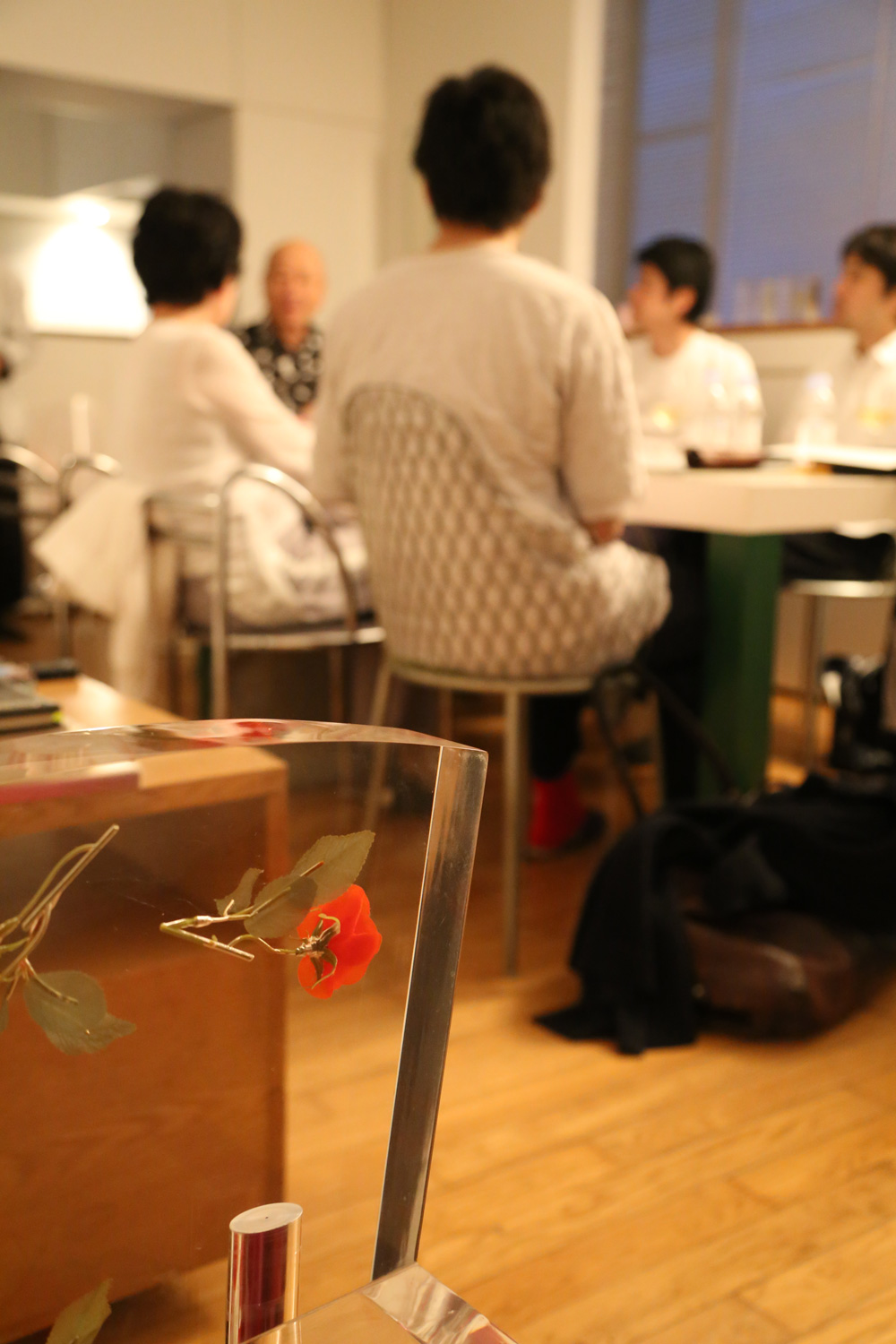
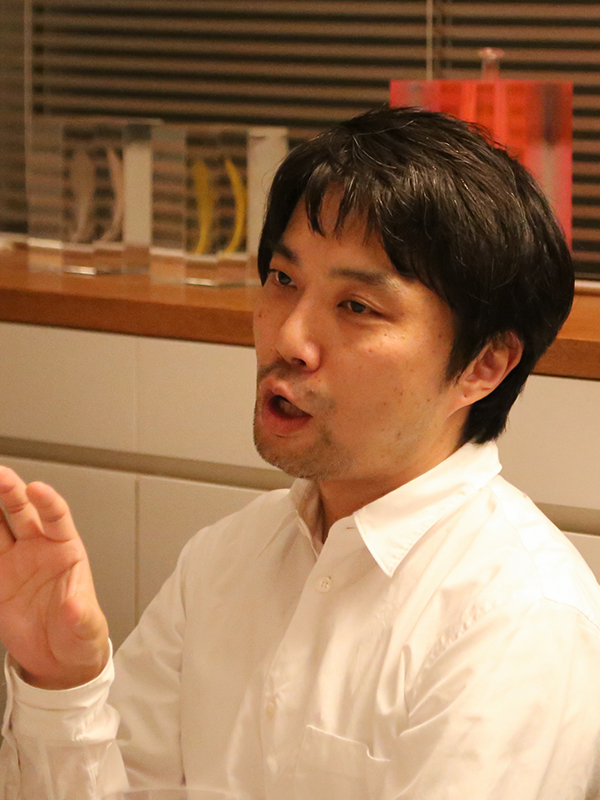
In "The Kuramata Shiro Reader" (ADP, 2012), Hosaka discussed Shiro Kuramata with the artist Shintaro Tanaka: "I really like 'Miss Branch'. Speed is not just about speed. Speed is not only about speed, but also about stillness and slowness. I thought "Miss Blanche" was a perfect symbol for that, but it was a bit too early. I was still young at the time...", she says of her feelings about Miss Blanche.
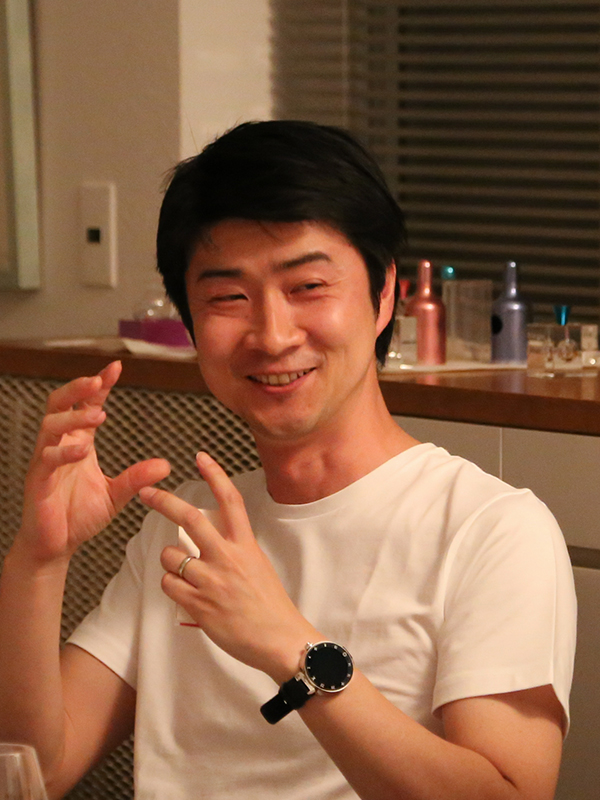
Mr. Tagawa, who runs the design firm Takram, says, "When I look at architects, designers and artists, I think there are two types: those who are self-contained and those who are well connected to the next generation. When I look at your work, Kuramata seems to be self-contained, but in fact she is connected to Kondo, Igarashi and Tokujin Yoshioka. This is where I don't see the same thing. I'm interested in what it was like to create Kuramata's works, and to have his lineage spread later, like a great artist...".
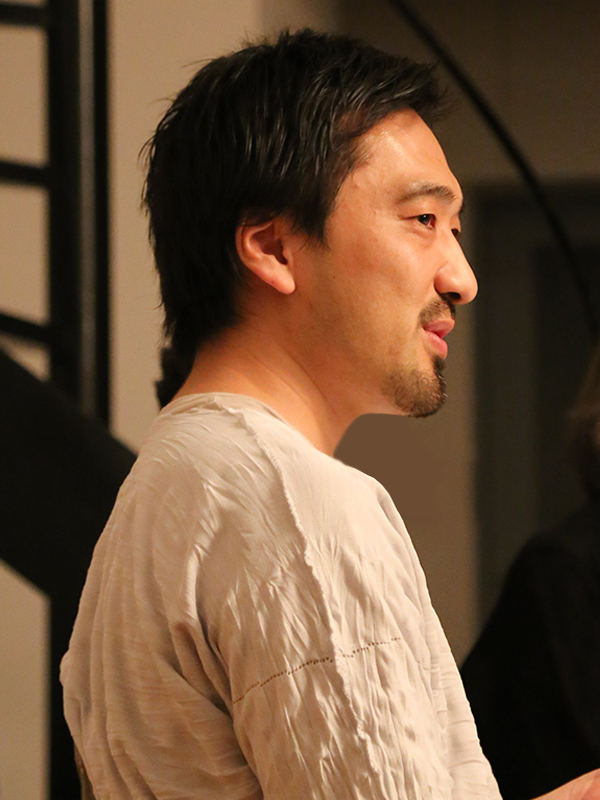
Mr. Tane, who is a big fan of Mr. Kuramata's work, says, "(Mr. Kuramata) maintains an exquisite sense of distance between where he is heading and the world. She has feelings for society and the world, but at the same time she has the strength of an individual who does not belong to any one place. When I listened to your talk, I was impressed by the way you transformed an image that would have disappeared if put into words into a different, less direct dimension. I think that no one else but Kuramata will be able to do that.
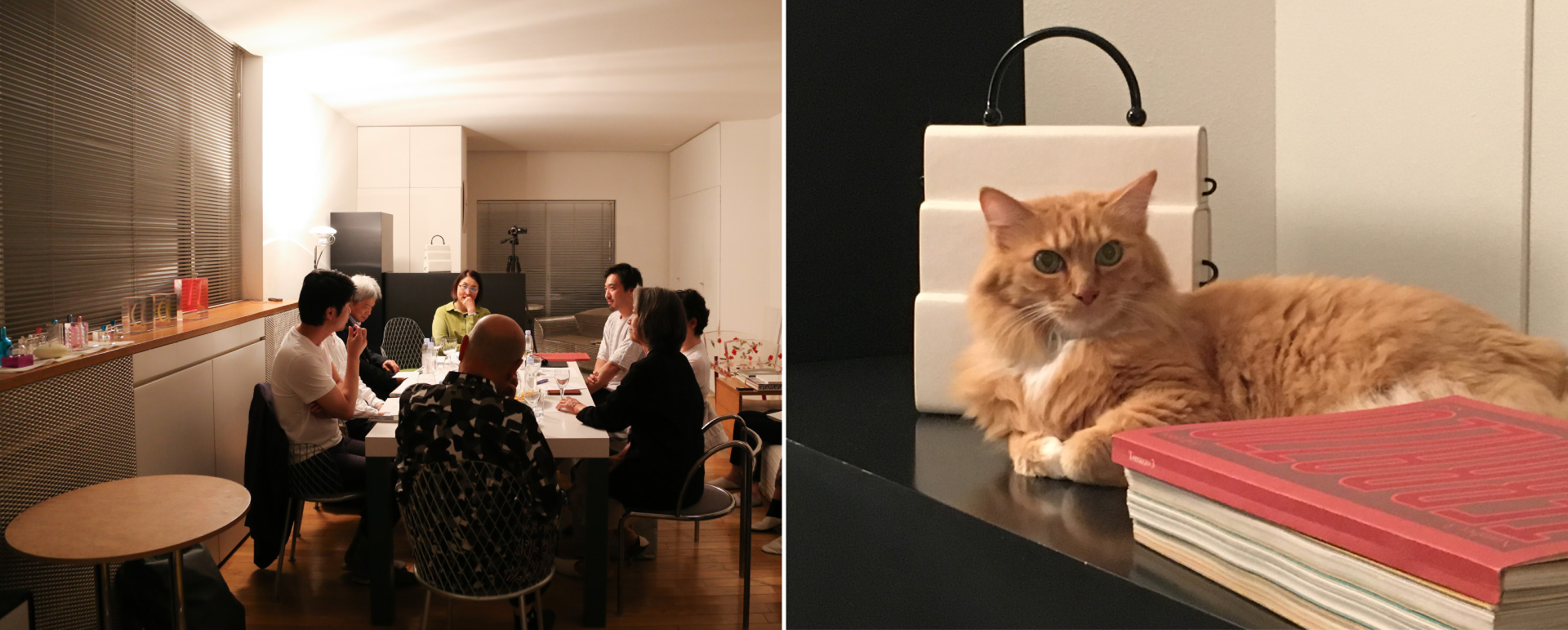
Shiro Kuramata can't say enough. The study session ended before 22:00, well beyond the scheduled time.
At the symposium on November 10, we are planning to publish a book entitled "Reconsidering Shiro Kuramata (tentative title)" by editing the Kuramata discussions that took place at the workshop and symposium.







